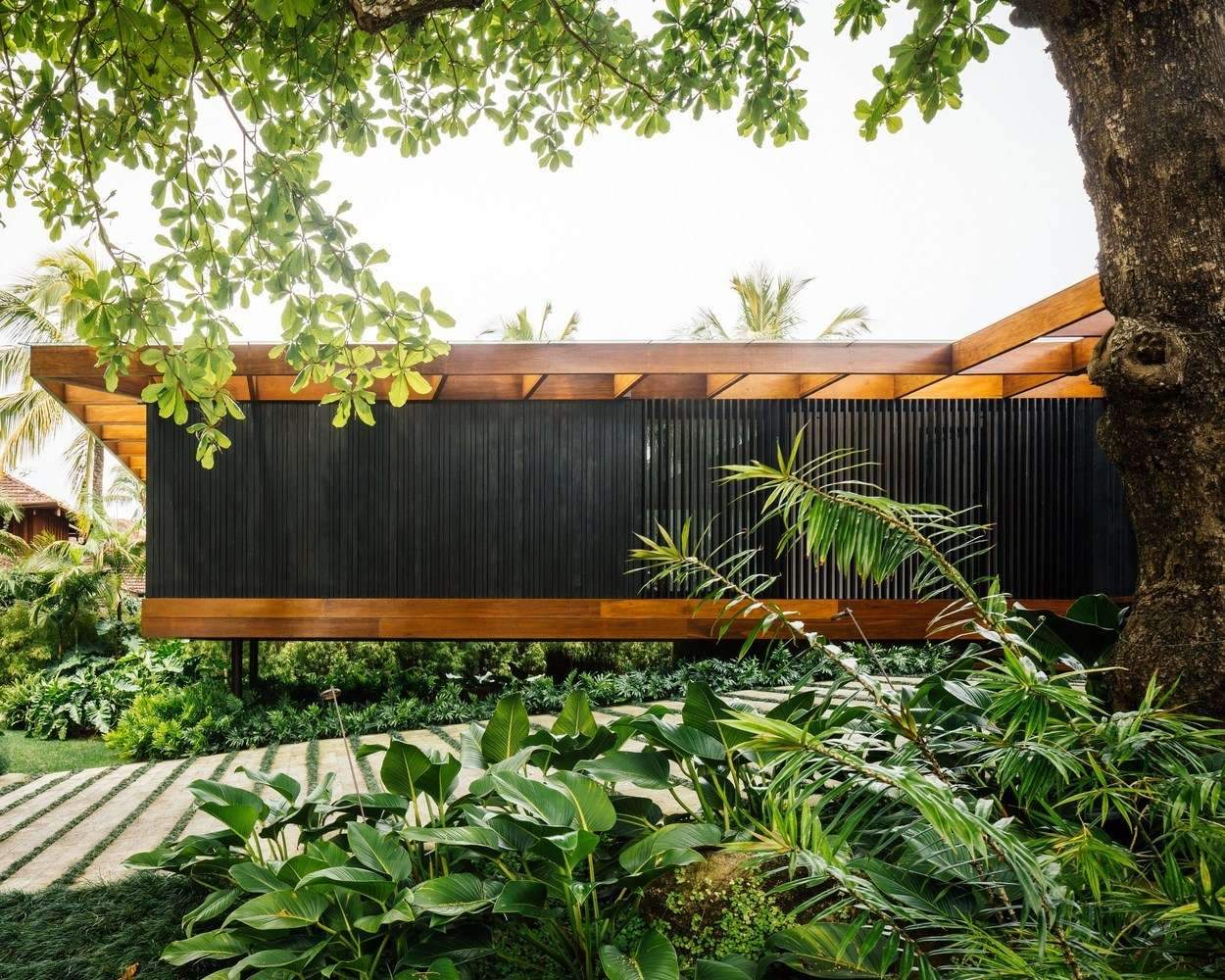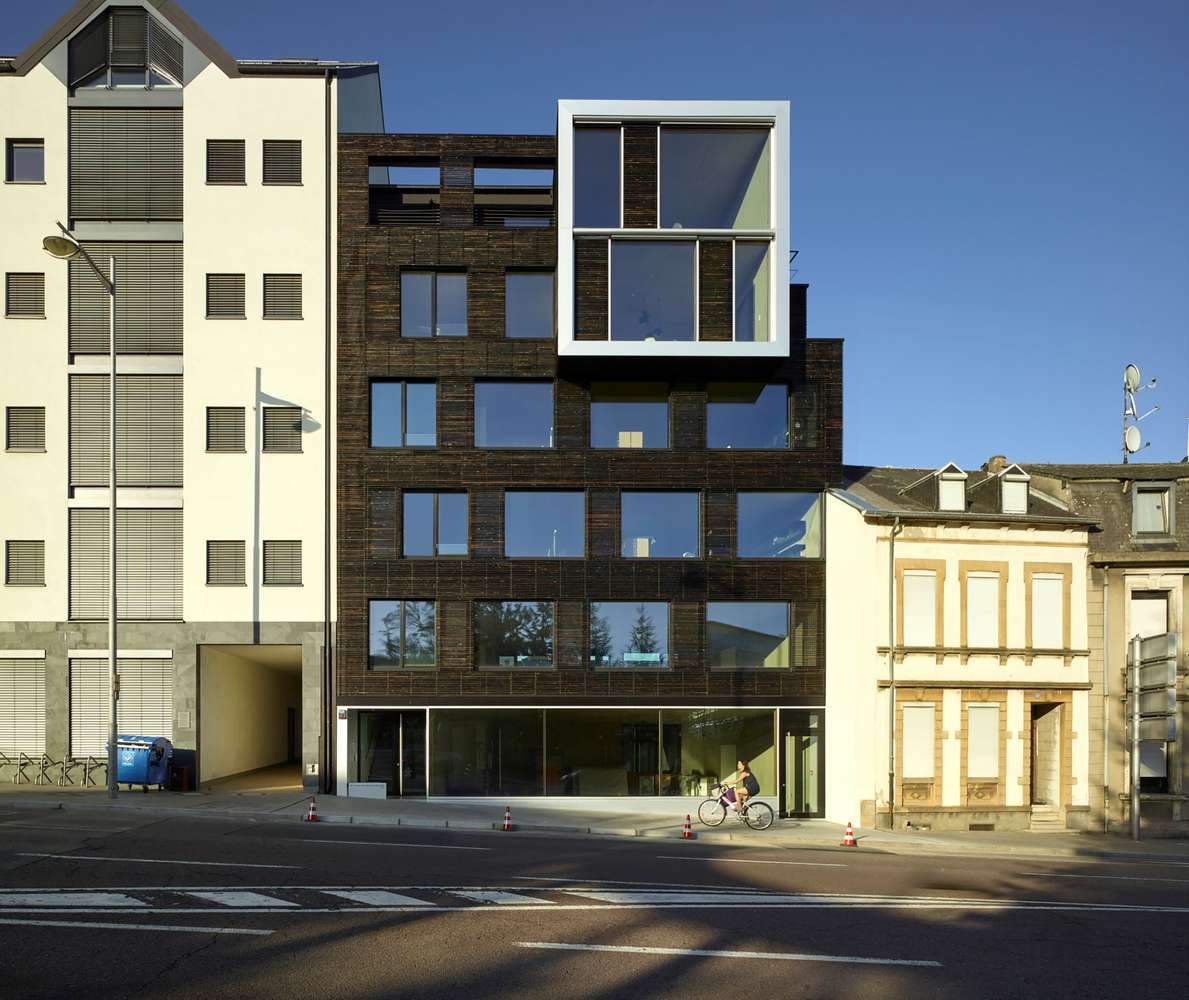Japanese wood carbonization technology that has spread globally,
Japan is the source of cultural and technological inspiration for many cultures,
popular Japanese techniques have spread all over the world.
In the field of architecture, Japan began to customize and reinvent different materials and building techniques,
such as the carbonization of wooden facades.
The technique used to process the wood used to build traditional Japanese fishing villages was known as “Shu Suji Ban”,
about three hundred years ago, on the island of Naoshima.
This popular technique was developed by designing a treatment to combat damage to wood due to the effects of the sea.
The process was done by burning the outer layer of wood,
reacting with the outer fibers of the wood and fortifying the wood inside against attack by termites,
fungi and other natural forces for decades.

Wood carbonization steps
This process is carried out by companies or professionals trained in technology,
and takes place in four steps:
First: wood burning
This operation can be done either before installation or applied directly to the installed interface.
Second: wood staining
The wood is coated with a special grit, removing the top layer of carbon and giving the wood a new colour.
Third: the black layer
The wood is painted black, and covered with a special layer of cedar oil waterproofing to ensure greater resistance.
Fourth: a layer of sealant
The wood is finally covered with a layer of sealant to avoid stains caused by the charred facade.
The wood carbonation process was only used in local projects,
before it was used to give unique textures to building facades.
Japanese architect Terunobu Fujimori customized the carbonization process of wood,
by showing its simplicity and spreading it beyond Japan’s borders.
Then the traditional technique was replaced by the use and application of other materials such as polymers, stone and aluminum.
The rigorous and exotic appearance of this technology has caused architects in different parts of the world
to try to adapt it and reinvent it with new applications and combinations.
In the Netherlands it was used by the Dutch firm VVKH Architecten in the design of Villa Meijendel.
Also in Forest Retreat by Uhlik archiekti,
they look like carved stones within the forest subtly punctuating their environments.
Jacobsen Arquitetura, Brazil,
has used the carbonized wood technology to create some of its residential and commercial projects.
This office is famous for reinventing traditional techniques,
designing projects in a new language, for example,
ancestral techniques such as the use of the mashrabiya and the horse were reinvented,
resulting in new variations on the old techniques.

Projects carried out using carbonized wood
The Brazilian office used carbonized wood in the RT House, which is 1.5 meters off the floor, and the Gilda Midani Store on Rua Oscar Freire.
The shop is located between an art gallery and the entrance to a village, and carbonated wood technology has been used in many of its elements.
Also the BF House building, whose terrain area is about 4 thousand square metres.
The building features horizontally arranged volumes finished with blackened timber, providing a counterpoint to the warm tone of the wood in the interior.


 العربية
العربية
Pingback: The Ariake Gymnastics Center A Japanese gymnastics center shaped like a floating wooden ship | ArchUp